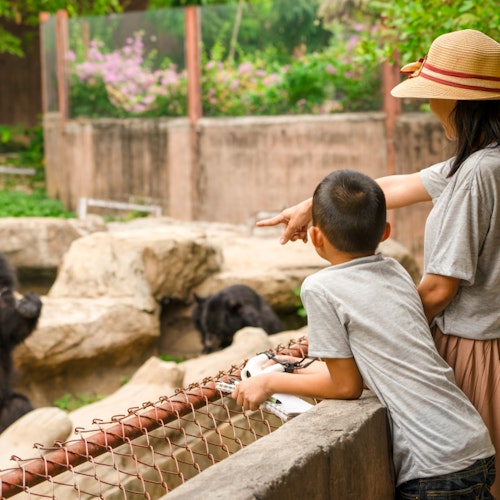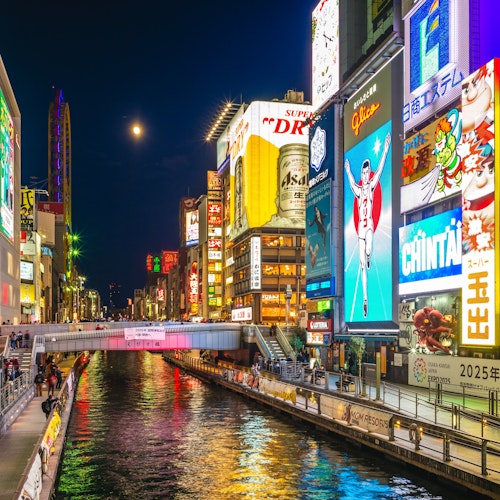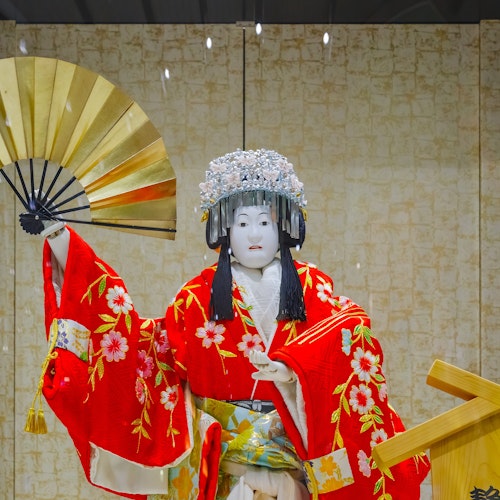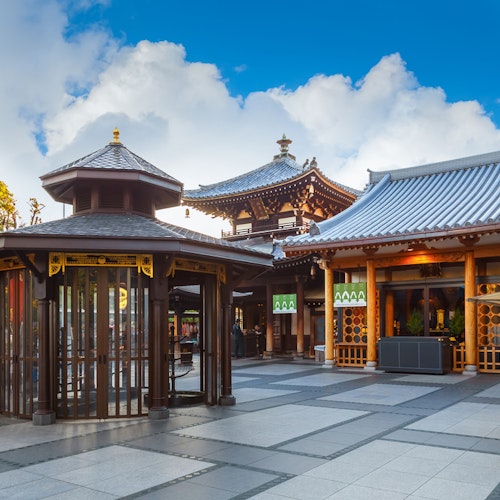
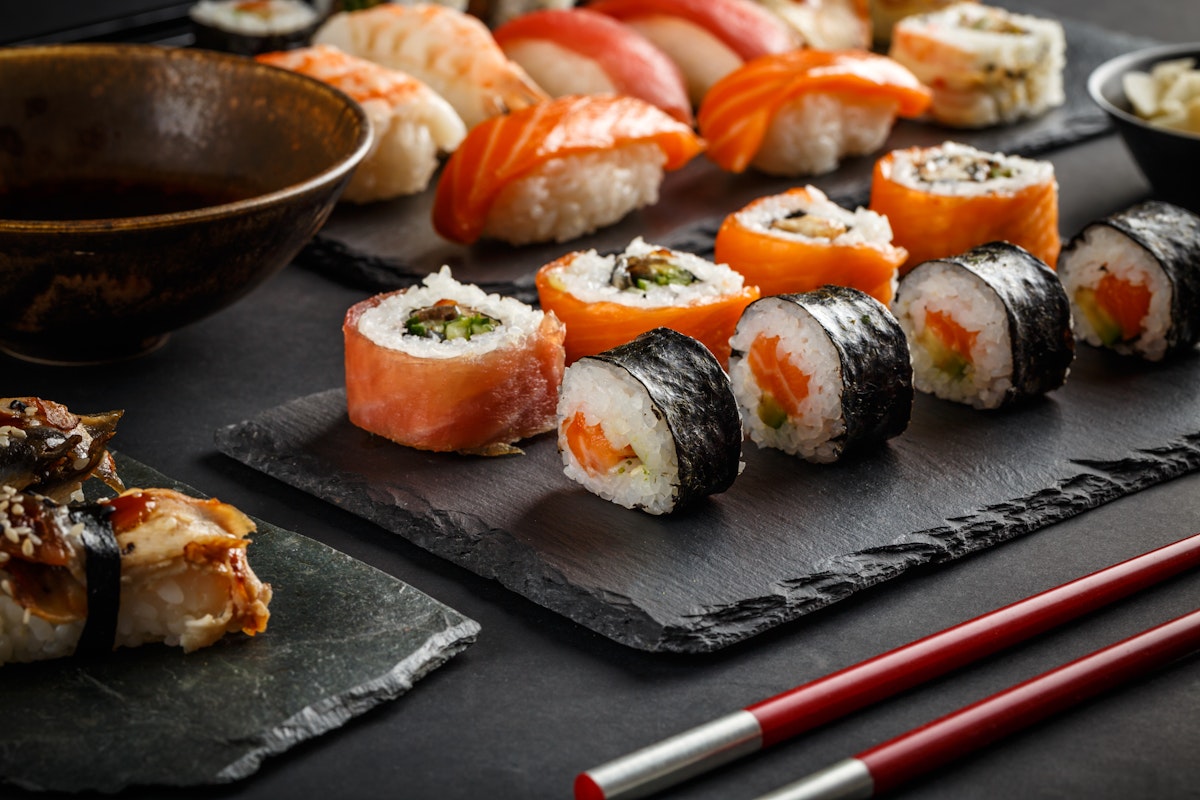
Tokyo, the heart of Japan, renowned for its bustling city life and vibrant culture, is a paradise for sushi lovers. The city is home to thousands of sushi restaurants, affectionately known as sushi-ya, where the delicate art of sushi-making has been perfected over centuries. Sushi in Tokyo is not just food; it's an experience, an art form, and a testament to the city's rich culinary history.
From high-end Michelin-starred establishments to humble neighborhood joints, each sushi-ya offers unique flavors and experiences that make the quest for the best sushi in Tokyo an exciting gastronomic journey.
The sushi scene in Tokyo is incredibly diverse, with each sushi-ya boasting its own style and specialty. Whether you are drawn to the traditional Edomae sushi, characterized by its use of fresh, locally sourced seafood, or the more modern fusion styles that incorporate international ingredients, there's a sushi-ya in Tokyo that caters to your palate.

Unlock the world of sushi in Tokyo with expert English-speaking guides! Dive into interactive learning, create mouthwatering sushi, and savor the joy of culinary artistry. From dietary accommodations to cultural immersion, your unforgettable journey awaits.
From Michelin-starred establishments to local favorites, the city offers a wide range of sushi experiences that cater to every palate. Here are some of the most famous Sushi-ya in Tokyo you should visit.
Sukiyabashi Jiro is a must-visit sushi-ya in Tokyo. This renowned sushi restaurant, helmed by chef Jiro Ono, has earned a reputation for its exceptional sushi offerings. Each sushi piece here is carefully crafted with the freshest ingredients sourced from the local fish market, ensuring super fresh and tasty food. The fatty tuna and sea bream, known for their excellent taste and texture, are among the favorites.
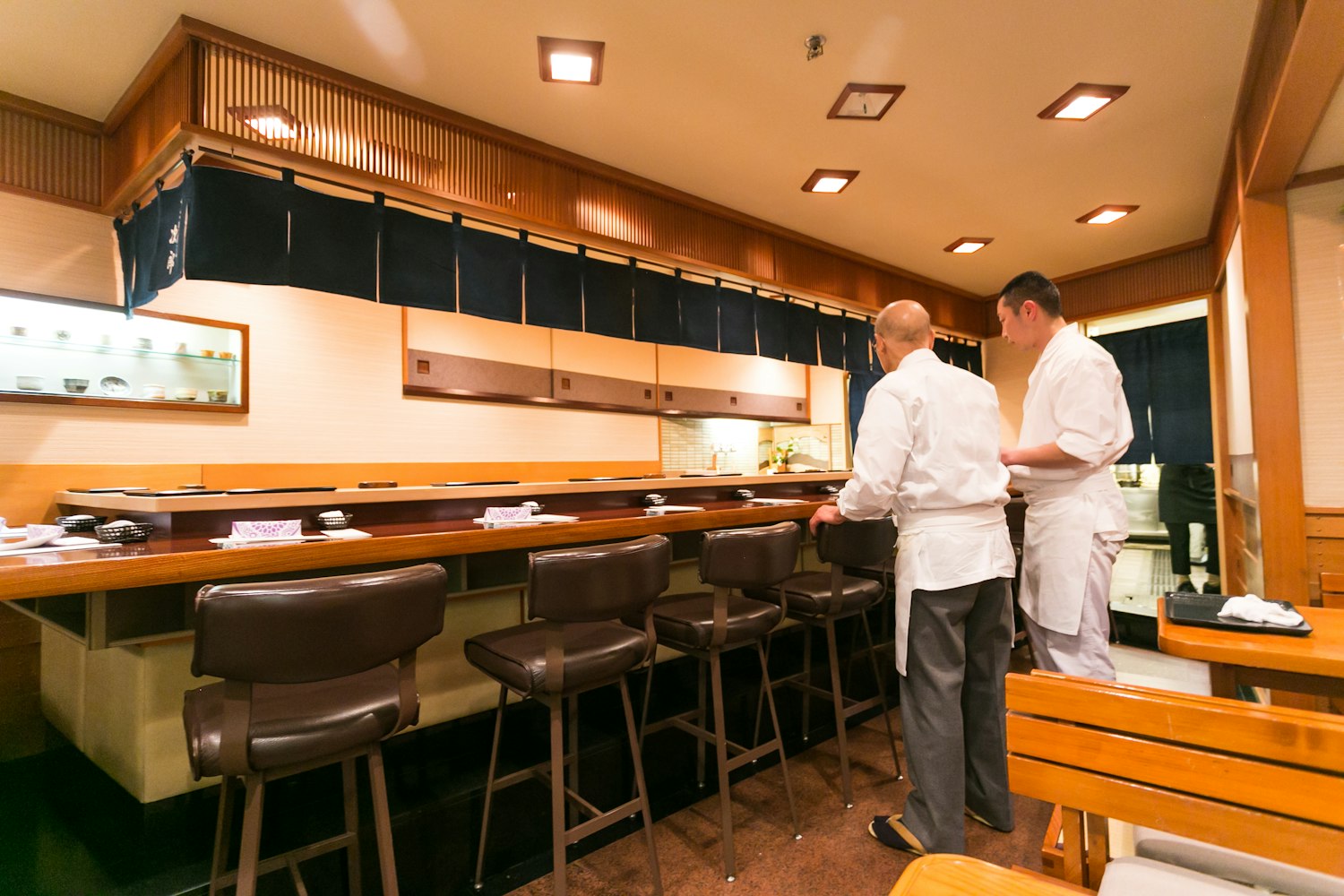
Chef Jiro Ono's philosophy towards sushi making is deeply rooted in the Edomae style of sushi, which emphasizes simplicity and the natural flavors of the ingredients. He believes in serving sushi at body temperature for the best taste, a practice that's become a staple at Sukiyabashi Jiro. Ono's commitment to perfection and his attention to detail have made Sukiyabashi Jiro an iconic sushi spot in Tokyo.
Location: Tsukamoto Sogyo Building, Basement 1st Floor, 2-15, Ginza 4-chome, Chuo City, Tokyo, Japan
Price Range: Expensive (Approx. ¥30,000 per person)
How to Get There: Accessible via a 5-minute walk from Ginza Station on the Tokyo Metro
Another sushi-ya that has captured the hearts of sushi lovers is Sushi Saito. This three-Michelin-starred sushi restaurant is known for its intimate eight-seat setting and its lunch omakase, which offers a diverse range of sushi meticulously prepared by chef Takashi Saito.
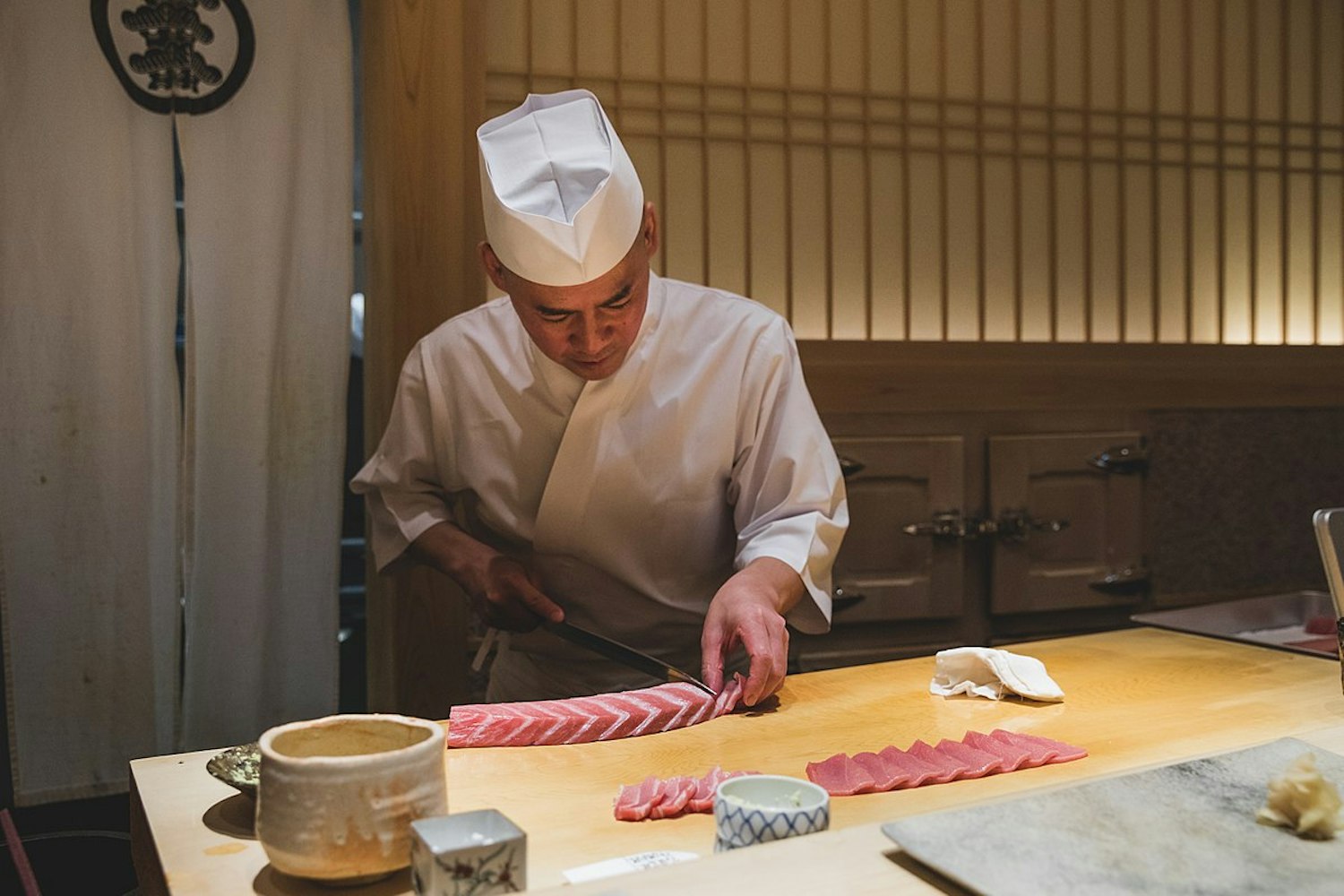
Chef Saito's unique style of sushi preparation sets him apart from other sushi chefs. His sushi often features aged fish, which he believes enhances the flavor and texture. He also uses red vinegar for his sushi rice, a departure from the common use of white vinegar, giving his sushi a distinct taste. Whether it's lunchtime or dinner time, a visit to Sushi Saito promises an exceptional sushi experience.
Location: First Floor, Ark Hills South Tower, 1-4-5 Roppongi, Minato City, Tokyo, Japan
Price Range: High-end (Approx. ¥25,000 to ¥30,000 per person)
How to Get There: A short walk from Roppongi-itchome Station on the Namboku Line
Sushi Yoshitake is a three-star Michelin sushi restaurant that offers an exquisite sushi experience. The establishment is renowned for its two-hour omakase course, which includes six small appetizer plates and fourteen pieces of sushi, each served one at a time. Known for excellent cooking and a top-notch dining environment, Sushi Yoshitake has been ranked 15th out of 3448 restaurants in Ginza, according to TripAdvisor reviews.

Chef Yoshitake's approach to sushi preparation is meticulous, focusing on bringing out the natural flavors of the ocean's bounty. His menu features a variety of sushi, including aged sushi and fatty tuna, all prepared with the same ingredients but with different techniques. The chef's choice, or omakase experience, at Sushi Yoshitake is tailored to provide diners with a diverse range of tastes, textures, and culinary surprises.
Location: Suzuryu Building 3F, 8-7-19 Ginza, Chuo City, Tokyo, Japan
Price Range: Expensive (Approx. ¥25,000 per person)
How to Get There: Within walking distance from Ginza Station on the Tokyo Metro
Daisan Harumi Sushi, located in the heart of Tokyo, is another sushi-ya that has captivated the sushi world with its exceptional offerings. This sushi spot is known for its array of fresh and flavorful sushi, such as fatty tuna and aged sushi. The talented chef behind Daisan Harumi Sushi ensures that every piece of sushi served is of the highest quality, resulting in a memorable dining experience.
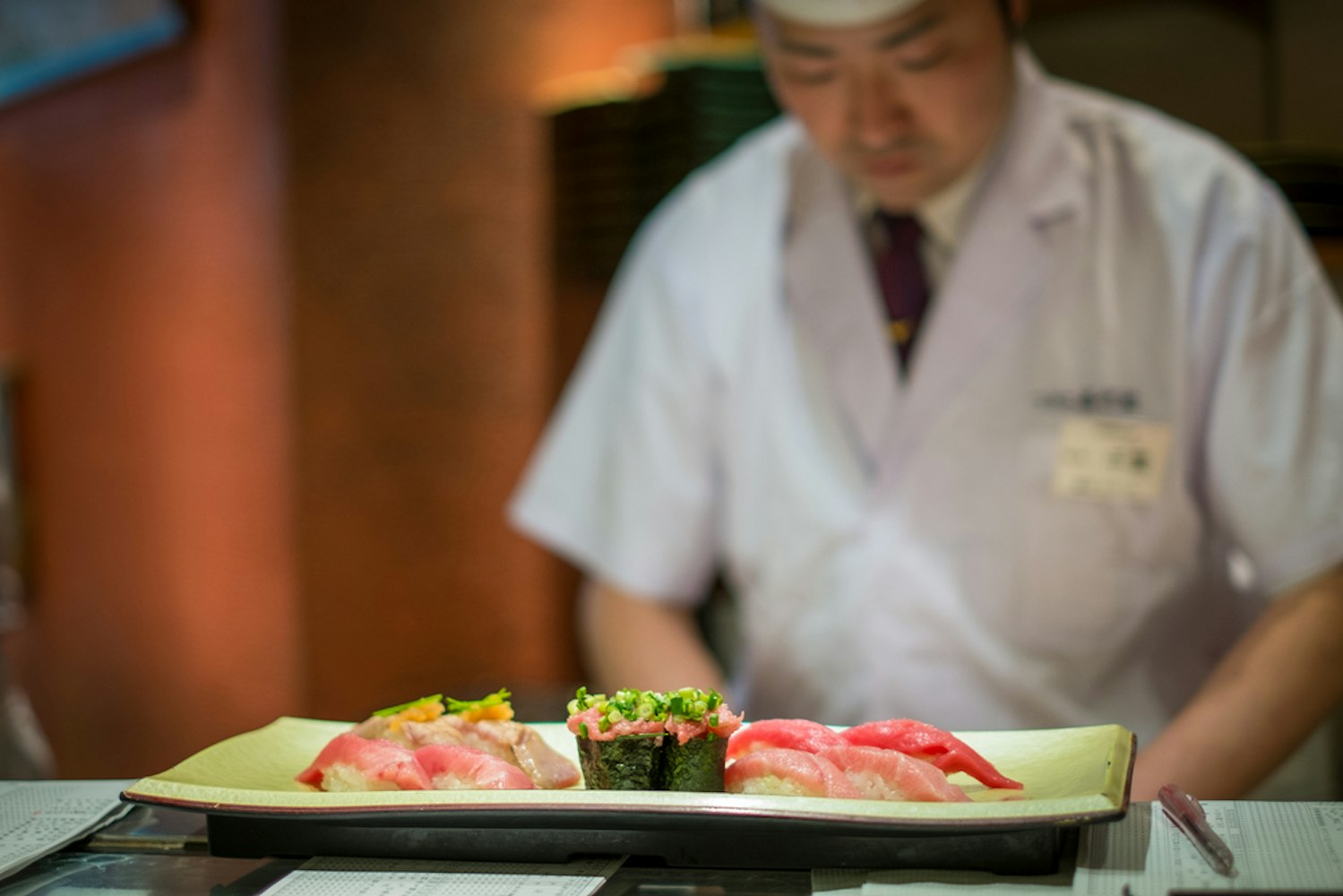
The sushi bar at Daisan Harumi Sushi is a place where customers can watch the chef skillfully prepare each sushi piece. With the chef's friendly demeanor and the intimate setting of the sushi bar, dining at Daisan Harumi Sushi feels like a personal sushi course designed just for you.
Location: Nikko Building 1F, 1-17-7 Shinbashi, Minato City, Tokyo, Japan
Price Range: Moderate to high (Approx. ¥15,000 to ¥20,000 per person)
How to Get There: A 10-minute walk from Shiodome Station on the Oedo Line
Kyubey is one of the best sushi restaurants in Tokyo. Established in 1935, this sushi-ya has a rich history and a reputation for serving some of the most delectable sushi in the city. From the classic sushi bar to the private room, Kyubey offers a range of dining experiences that cater to different customer preferences.

At Kyubey, the sushi offerings are prepared with utmost precision and attention to detail. The sushi chefs here are known for their mastery in crafting sushi pieces, especially fatty tuna and aged sushi. Each sushi piece is served at its optimal temperature, ensuring that you get to enjoy the sushi at its best.
Location: 8-7-6 Ginza, Chuo City, Tokyo, Japan
Price Range: Moderate (Approx. ¥10,000 to ¥20,000 per person)
How to Get There: Just a few minutes walk from Ginza Station on the Tokyo Metro
Sushi, a cornerstone of Japanese cuisine, comes in a variety of forms. Here's a breakdown of some of the most popular types:
Nigiri: This type of sushi features a slice of raw fish or seafood placed on top of hand-pressed vinegared rice. It's a simple and elegant form of sushi where the quality of the fish takes center stage.
Maki: These are the familiar sushi rolls that many people first think of. Maki is made by rolling sushi rice, fish, and other ingredients inside a sheet of nori (seaweed). There are several subtypes of maki, including:
Chirashi: This is a bowl of sushi rice topped with a variety of sashimi (raw fish) and other garnishes. It's often considered a kind of deconstructed sushi.
Temaki: Also known as hand rolls, temaki are cone-shaped pieces of sushi that are rolled by hand. They're typically filled with sushi rice, fish, and vegetables.
Inari: Inari sushi consists of sushi rice stuffed into pockets of slightly sweet, marinated tofu skin. It's a vegan-friendly option that's full of flavor.
Gunkanmaki: This is a small mound of sushi rice that's wrapped in a strip of nori and topped with seafood, often roe or sea urchin.
When exploring the sushi scene in Tokyo, one can't miss the stark contrast between street sushi and high-end sushi restaurants. Street sushi often comes in the form of kaitenzushi, or conveyor-belt sushi, where plates of sushi pass by on a rotating conveyor for customers to pick. This form of sushi is affordable, with prices ranging from $10-$20, making it a popular choice among regular patrons and tourists alike.
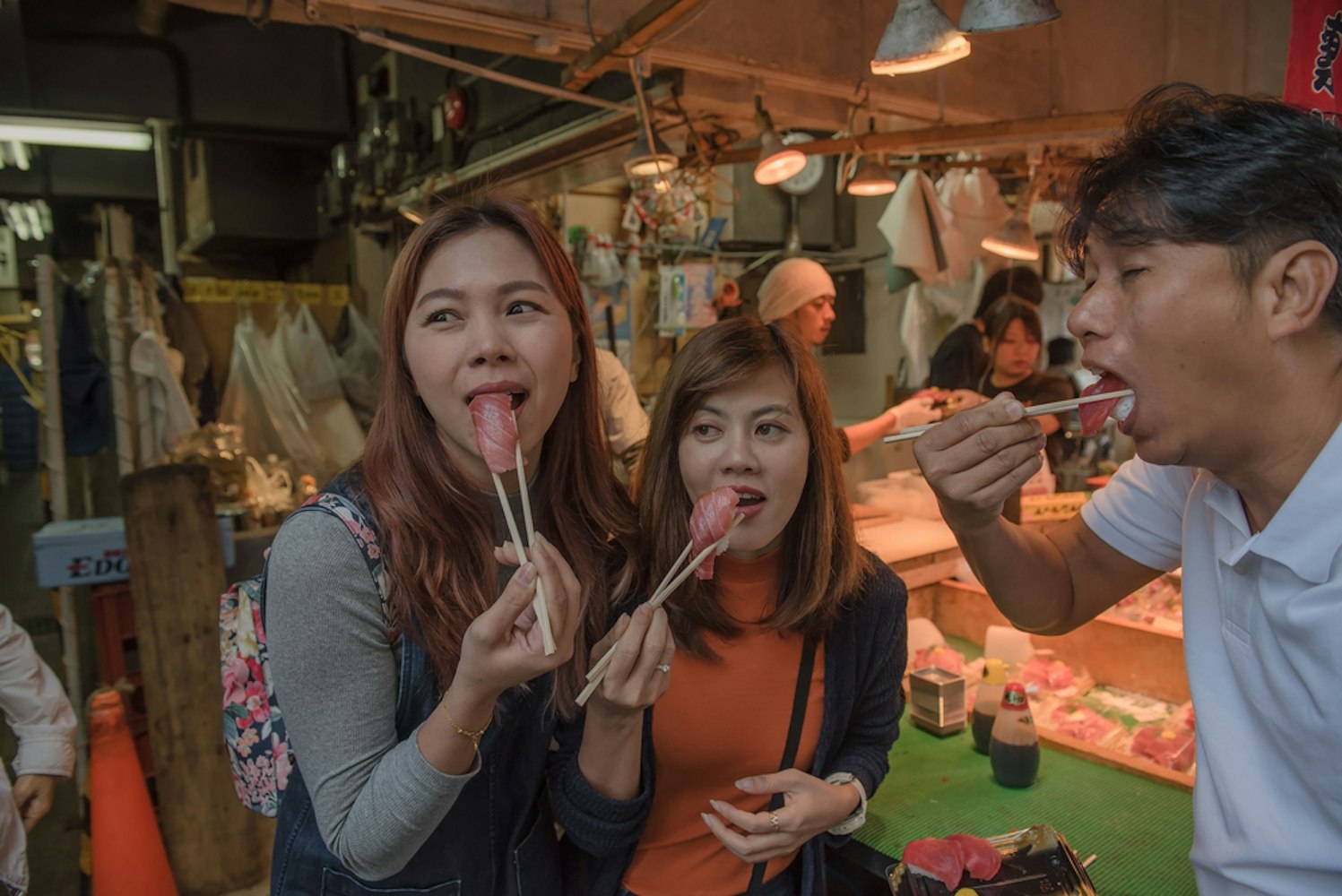
On the other end of the spectrum are high-end sushi restaurants like Sushi Ya Ginza and Sushiya Shota, both recognized with Michelin stars. These establishments offer an elevated sushi experience characterized by exceptional taste, fine dining ambiance, and meticulous service.
The price difference can be attributed to various factors, including the quality of ingredients, the skill of the chef, and the dining environment. For instance, high-end sushi often features fish caught fresh from the market, prepared by talented chefs, and served in a soothing, elegant setting.
Here are some tips to help you make the most of your sushi experience in Tokyo.
Research and Make Reservations: Some of the best sushi-yas in Tokyo, especially those with Michelin stars, require reservations months in advance. It's worth doing some research and booking ahead to avoid disappointment. Websites like Tabelog and TripAdvisor can be helpful for reading reviews and getting a sense of the best places to try.
Try Different Styles: Sushi in Tokyo comes in various styles, from nigiri and maki to chirashi. Each style offers a unique taste and texture experience. Don't limit yourself to one type; try as many as you can to appreciate the diversity of sushi in Tokyo fully.
Be Open to Omakase: Omakase, or "chef's choice," is a popular option at many sushi-yas. It allows the chef to showcase their skills and creativity, often resulting in a memorable dining experience. While it might be pricier than ordering a la carte, it's definitely a must-try for any sushi lover.
Learn Basic Sushi Etiquette: Knowing some basic sushi etiquette can enhance your dining experience. For instance, it's customary to eat sushi with your hands. Also, when dipping sushi in soy sauce, dip the fish side, not the rice side. These small practices can make a big difference in your sushi experience.
Visit the Fish Market: A visit to the famous Tsukiji Fish Market or the new Toyosu Market can be a great way to understand the freshness and quality of the seafood used in sushi. Some sushi-yas even offer sushi breakfasts made with ingredients straight from the market.
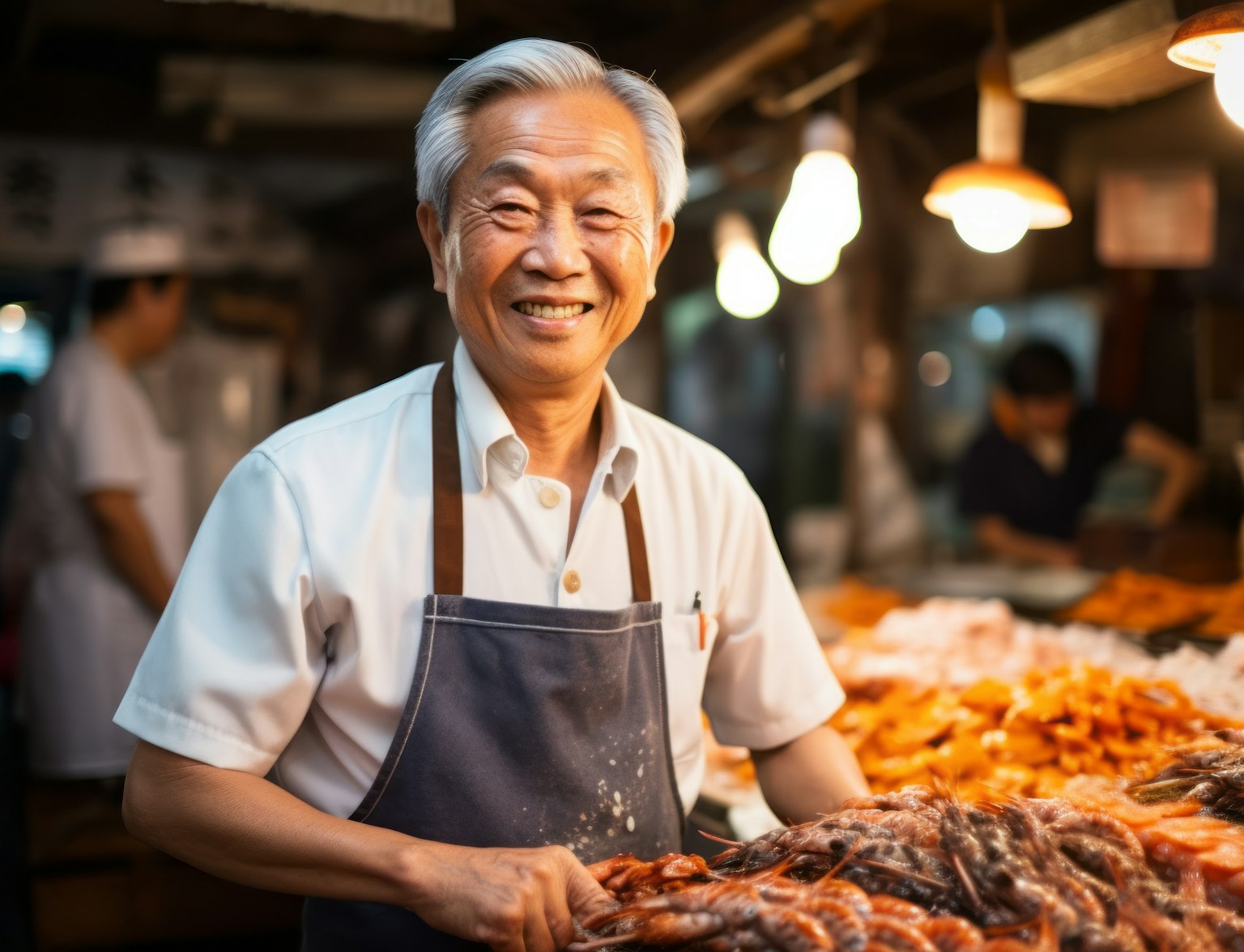
Dive deep into Tokyo's culinary heart with a journey through the lively Tsukiji Market.
Your journey through Tokyo's sushi scene is akin to a flavorful narrative, where each sushi-ya represents a captivating chapter. This guide has aimed to be your trusted companion, introducing you to the city's best sushi spots, renowned for their exquisite ingredients, skillful preparation, and traditional appeal. Be it upscale sushi bars or beloved local joints, Tokyo promises a sushi experience that caters to every preference and pocket.
